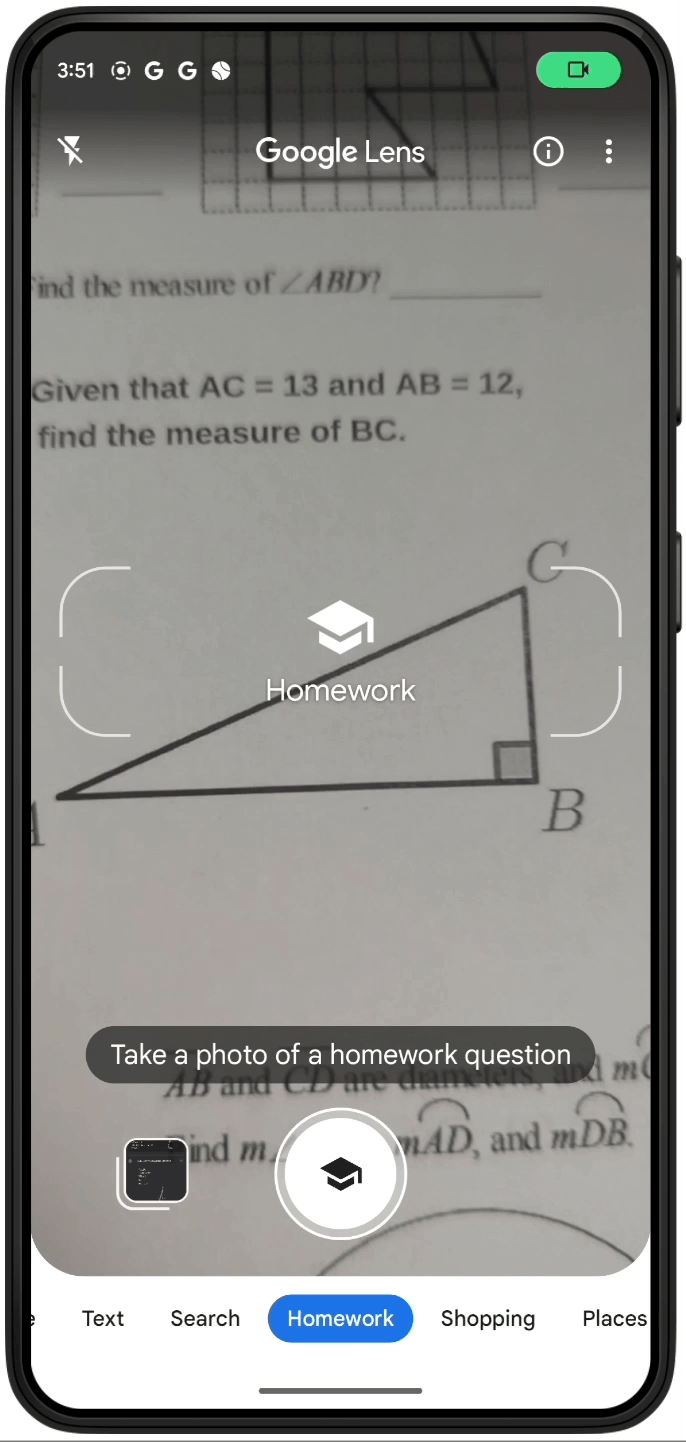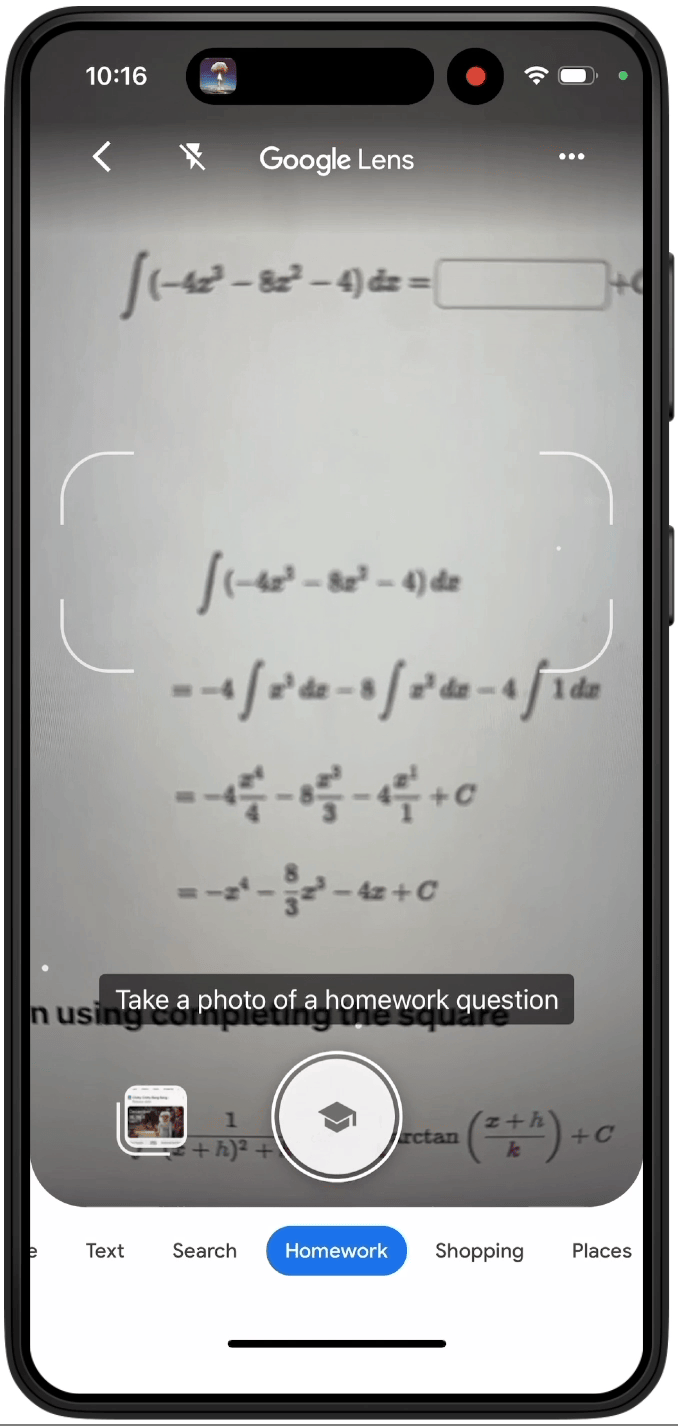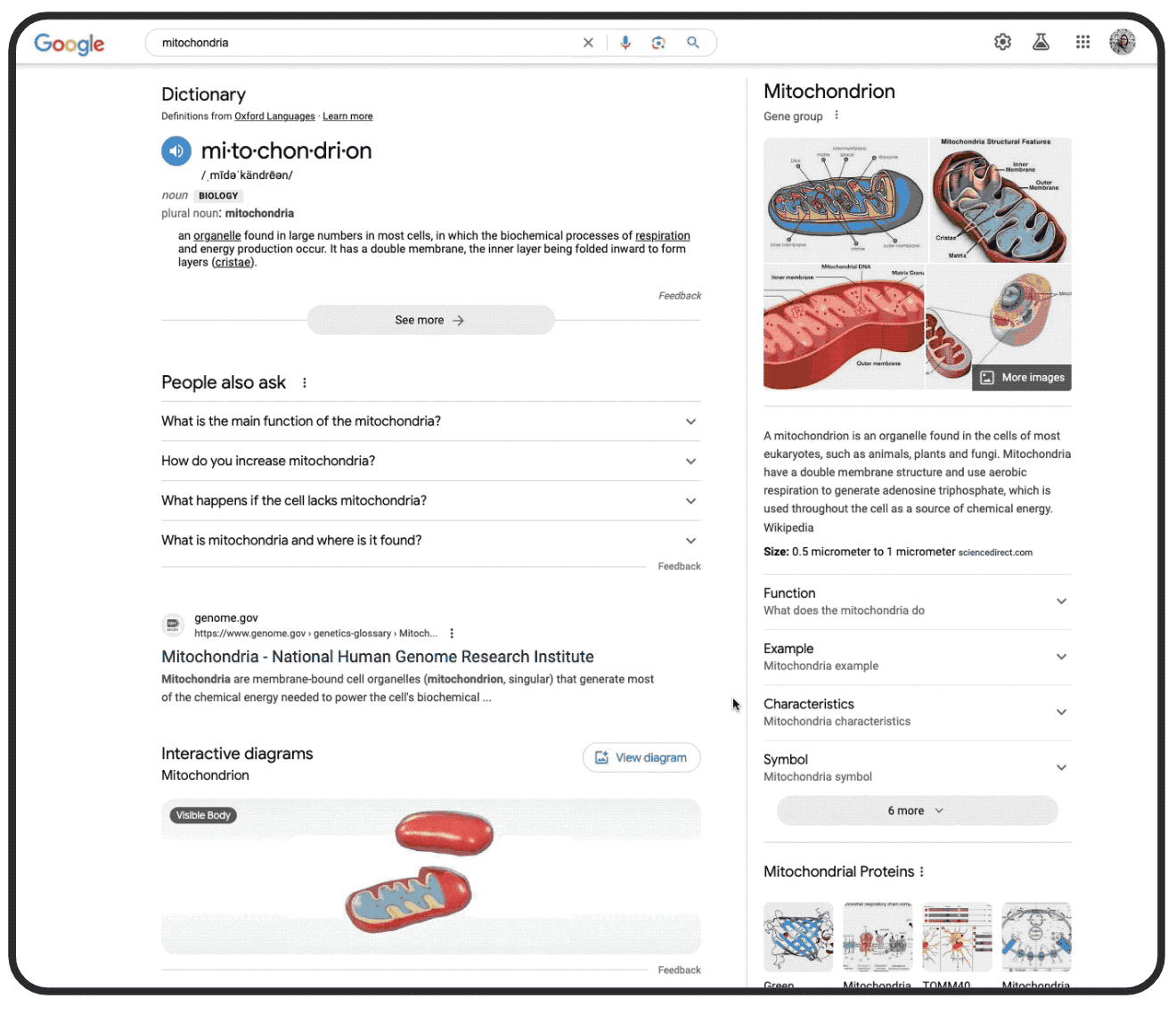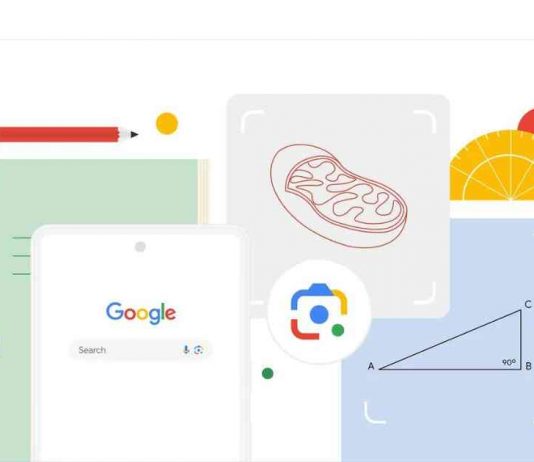Google has announced the integration of advanced features into its Search and Lens applications, aimed at assisting students and enthusiasts in unraveling the complexities of math and science problems.
Users can now input equations or integrals directly into the Google Search bar, or capture them using Lens, to receive detailed, step-by-step explanations and solutions. This feature is not just confined to desktops but will soon be available on mobile devices as well.
Another utility Google has added is support for word problems. The company has harnessed the power of advanced Language Learning Models (LLMs) to provide assistance with word problems, starting with fundamental topics from high-school physics. This innovative approach helps users identify known and unknown values, understand which formulas to apply, and when to use them.

Geometry, with its visual complexity, presents a unique challenge. Google Lens steps in to bridge this gap, allowing users to scan geometry problems, such as calculating the area of a triangle, and receive step-by-step explanations that interpret both visual and text components of the problem.

The exploration of science through Google Search has also been enhanced with interactive 3D models and diagrams. These tools provide users with a deeper visual understanding of various STEM-related topics, including biology, chemistry, physics, and astronomy. Google has expanded its repository of 3D objects from 100 to around 1,000, offering definitions and overviews to foster a comprehensive learning experience.

The interactive 3D concept diagrams cover a wide array of STEM topics, from cell biology and anatomy to robotics, space physics, and geology. Users can interact with these models, zooming, rotating, and clicking on labeled parts to gain detailed explanations and definitions. These visual models aim to enhance curiosity and deepen the understanding of science concepts.
These new capabilities in Google Search and Lens are powered by recent AI advancements, providing an intuitive learning experience that goes beyond mere information retrieval. The tools are designed to assist with complex calculus, trigonometry problems, and even foundational high-school physics topics like forces, energy, and motion. Google plans to further expand these features to encompass more advanced university-level concepts.


